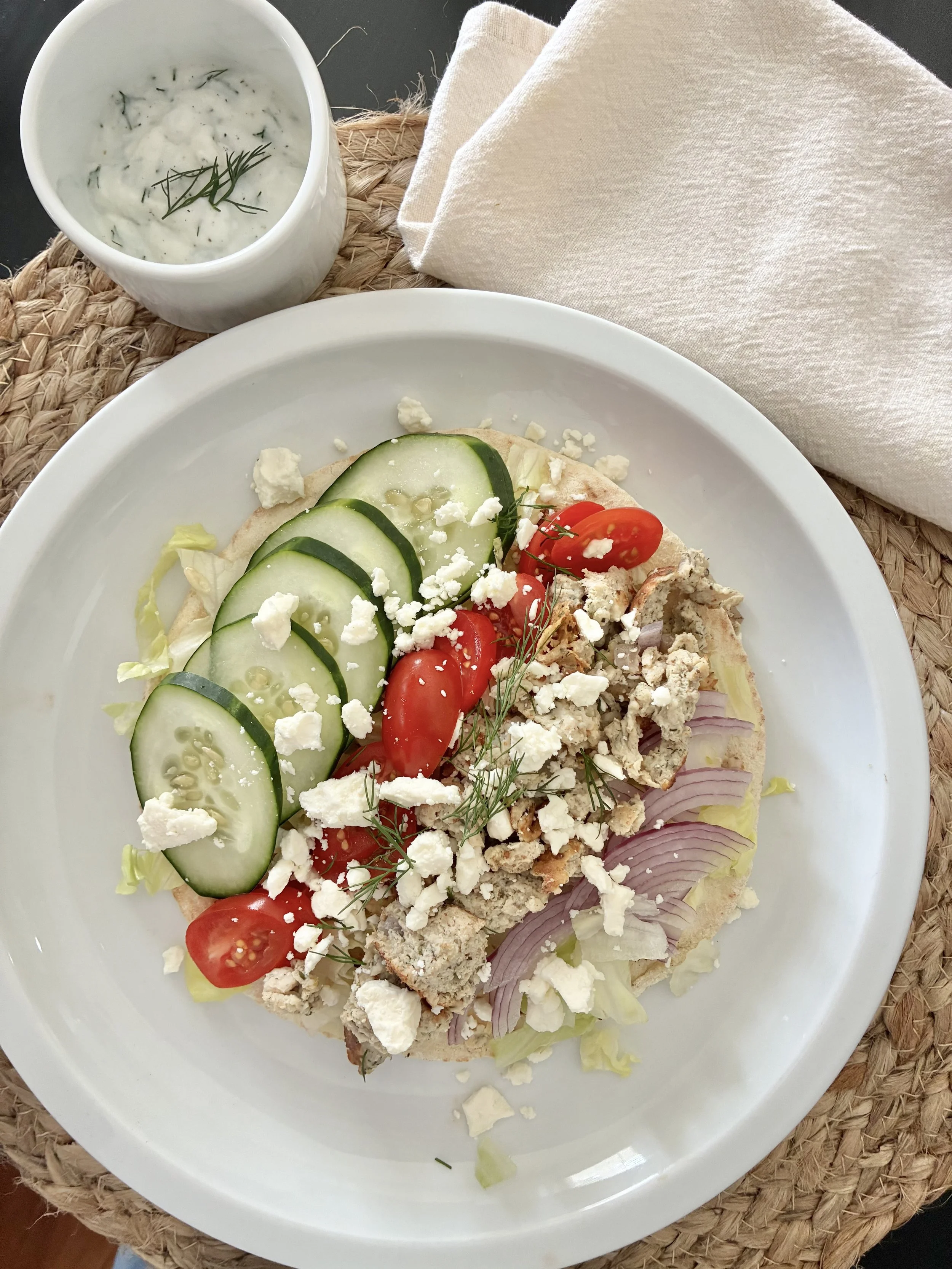The Secret to Smart Rest: Active Recovery During Rest Days
/
It's common to think of rest days as time to fully disconnect—lounging around, indulging in some good food, maybe even spending a bit of extra time in the sauna. And while these passive recovery activities have their place, there's a compelling case for incorporating some movement into your rest days. This approach, known as active recovery, can be a game-changer in how quickly and effectively your body recovers.
Why Is Recovery So Important?
Whether you're a seasoned athlete or just starting your fitness journey, recovery is non-negotiable. On average, it takes your muscles up to 48 hours to fully recover from a workout. When you exercise, you're essentially creating micro-tears in your muscle fibers. As your body repairs these fibers, they rebuild stronger, leading to muscle growth and increased strength.
But it’s not just your muscles that need recovery—your joints also need time to heal and your mind requires a break to maintain focus and prevent burnout. Recovery, in all its forms, is essential to ensure you're ready to tackle your next workout with full energy and motivation.
5 Reasons Why Active Recovery is Essential:
Speeds Up Muscle Repair
Promotes faster healing and stronger muscle growth.Reduces Muscle Soreness
Helps flush out lactic acid and alleviates post-workout pain.Enhances Flexibility
Keeps joints mobile and prevents stiffness.Boosts Mental Well-being
Maintains momentum and prevents training slumps.Improves Blood Circulation
Increases nutrient delivery and toxin removal for overall recovery.
The Edge of Active Recovery
Active recovery involves engaging in low-intensity activities on your rest days to enhance your body’s recovery process. Simply put, staying active on your rest day can help you recover faster.
Here’s why: When you move, you increase blood flow throughout your body. This increased circulation helps deliver nutrients to your muscles, flush out toxins and lactic acid, and reduce soreness. By keeping your body in motion, you’re essentially tricking it into continuing the recovery process at a heightened pace.
But the benefits of active recovery aren’t just physical. Engaging in light activity can also have a positive impact on your mental well-being. Regular movement keeps you in the mindset of training, making it easier to maintain momentum and preventing the sluggish feeling that sometimes comes with complete rest days.
Active Recovery Options
Active recovery doesn’t mean you need to break a sweat—it’s about gentle movement that promotes circulation and relaxation. Here are some effective options:
Movement-Based Recovery:
Walking: A brisk walk around your neighborhood or a scenic trail.
Cycling: A leisurely bike ride at a pace where you can still hold a conversation.
Swimming: Light laps or simply floating in the pool to keep your body moving.
Light Jogging: A short, easy run that doesn’t push your limits.
Stimulation-Based Recovery:
Sauna: Relaxing in a sauna can help your body eliminate toxins and ease muscle tension.
Ice Bath: A quick dip in an ice bath can reduce inflammation and accelerate recovery.
Massage: Whether professional or self-massage, this can help alleviate muscle knots and improve circulation.
Foam Rolling: Use a foam roller to target sore areas and release tension in your muscles.
The Role of Supplements in Recovery
In addition to active recovery, supplements can play a crucial role in speeding up your recovery and enhancing your overall performance. Here are some top supplements to consider, with links to trusted Thorne products:
Protein Powder: Essential for muscle repair and growth, especially after intense workouts. Thorne’s Whey Protein Isolate is a high-quality option.
Branched-Chain Amino Acids (BCAAs): These help reduce muscle soreness and improve recovery time. Thorne’s Amino Complex provides a clean, effective formula.
Magnesium: Crucial for muscle relaxation and reducing cramps, magnesium can support overall muscle recovery. Thorne’s Magnesium Bisglycinate is highly bioavailable.
Omega-3 Fatty Acids: These help reduce inflammation and support joint health. Thorne’s Super EPA provides a potent dose of omega-3s.
Understanding Passive Recovery
While active recovery has its benefits, passive recovery—where you fully rest and do nothing—also has its place. Sometimes, your body needs complete downtime to recharge, especially if you're feeling particularly fatigued or are recovering from an intense period of training.
However, relying too much on passive recovery can extend your recovery time and may even make you feel sluggish. Most experts recommend a balance: mix in active recovery on most rest days, but don’t shy away from the occasional full rest day when your body truly needs it.
Active recovery is a powerful tool that can help you bounce back quicker, maintain mental sharpness, and stay on track with your fitness goals. But as always, listen to your body. If you feel on the verge of overtraining, don't hesitate to take a full day of passive recovery.
Remember, the key to effective recovery is finding what works best for you. Whether you’re incorporating active recovery, exploring supplements, or simply enjoying a day of rest, the goal is to support your body in the best way possible.
SAY HELLO TO YOUR NEW RECOVERY PROTOCOL: THE THORNE RECOVERY BUNDLE
Thorne’s Recovery Bundle helps replenish lost nutrients and promotes the repair and rebuilding of muscle tissue. All three products are NSF Certified for Sport®.
Having a recovery plan in place is important for both training and competition – for the elite competitor and the “weekend warrior” alike. Your two-fold objective should be to establish your recovery plan and then consistently stick to it.
Training and competing can create damage in your body that you might otherwise be inclined to overlook. But the failure to plan for recovery between training sessions and after competing can lead to increased risk of injury or illness.
GET IT NOW: THE RECOVERY BUNDLE






















